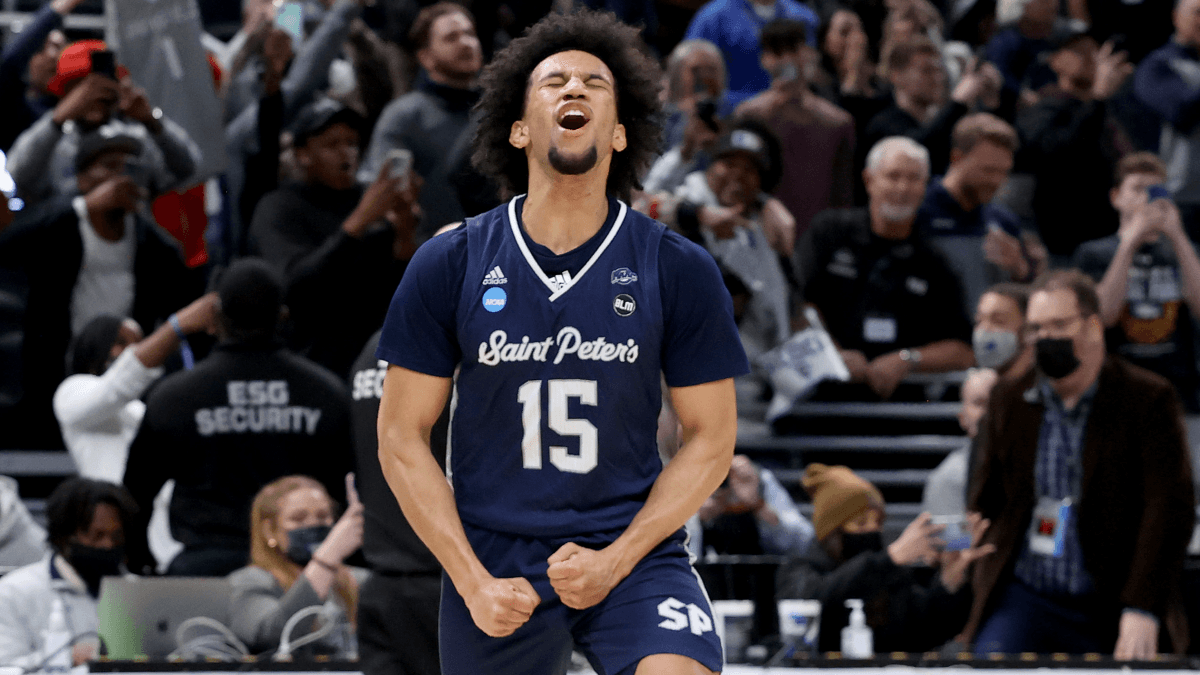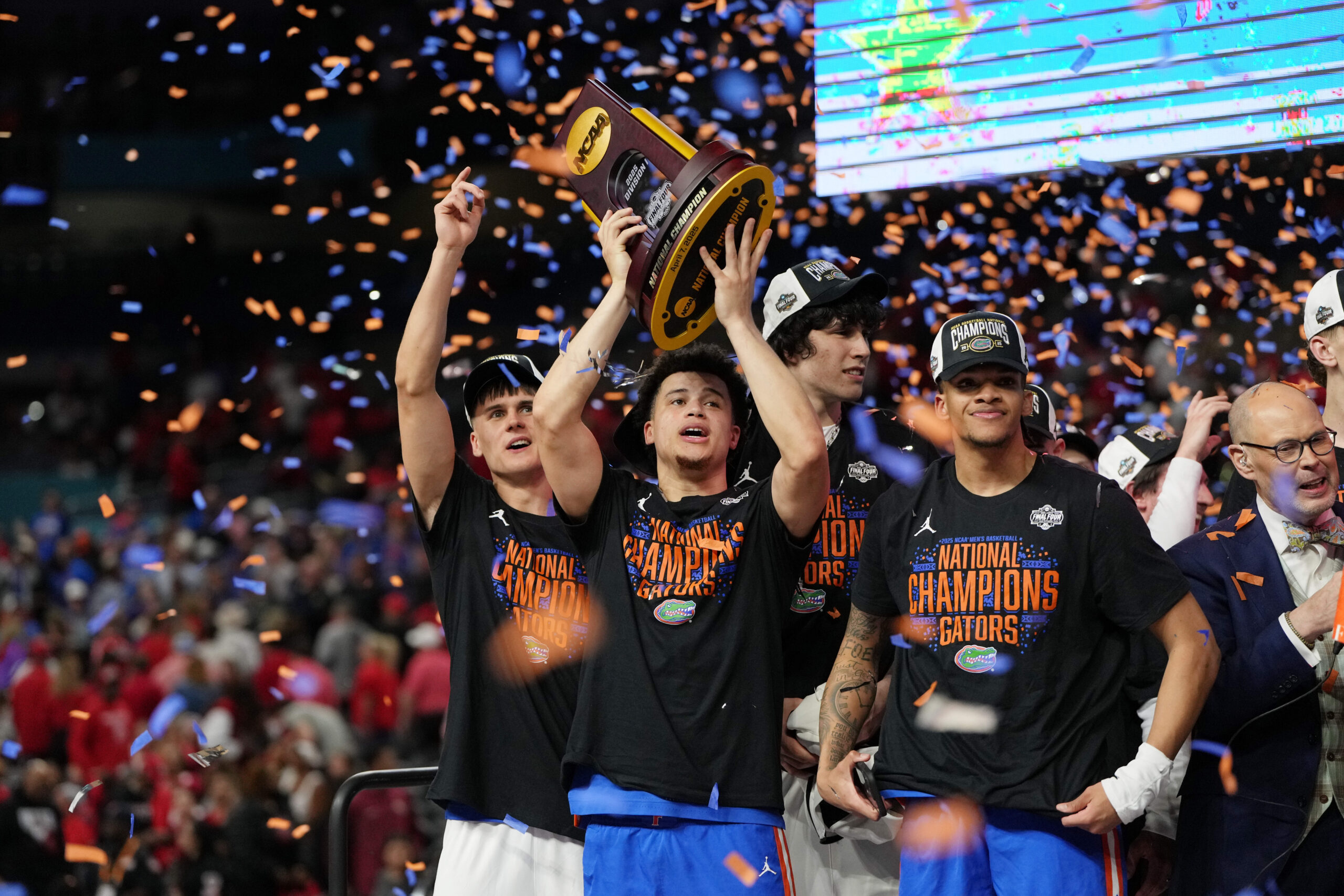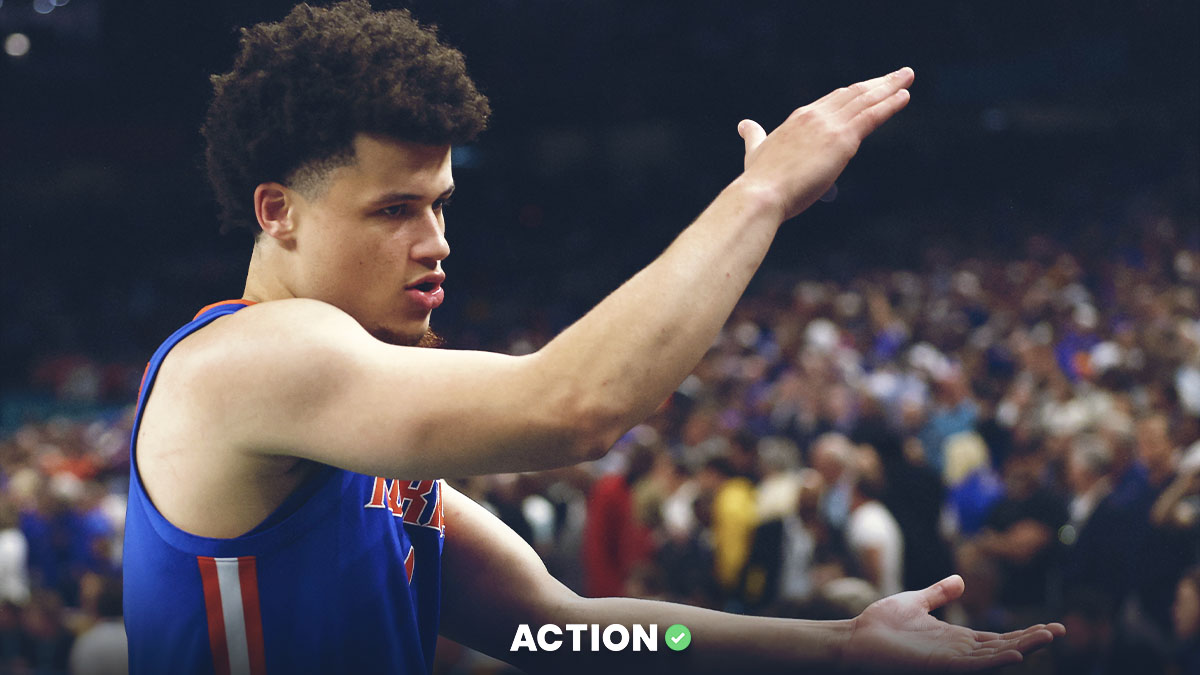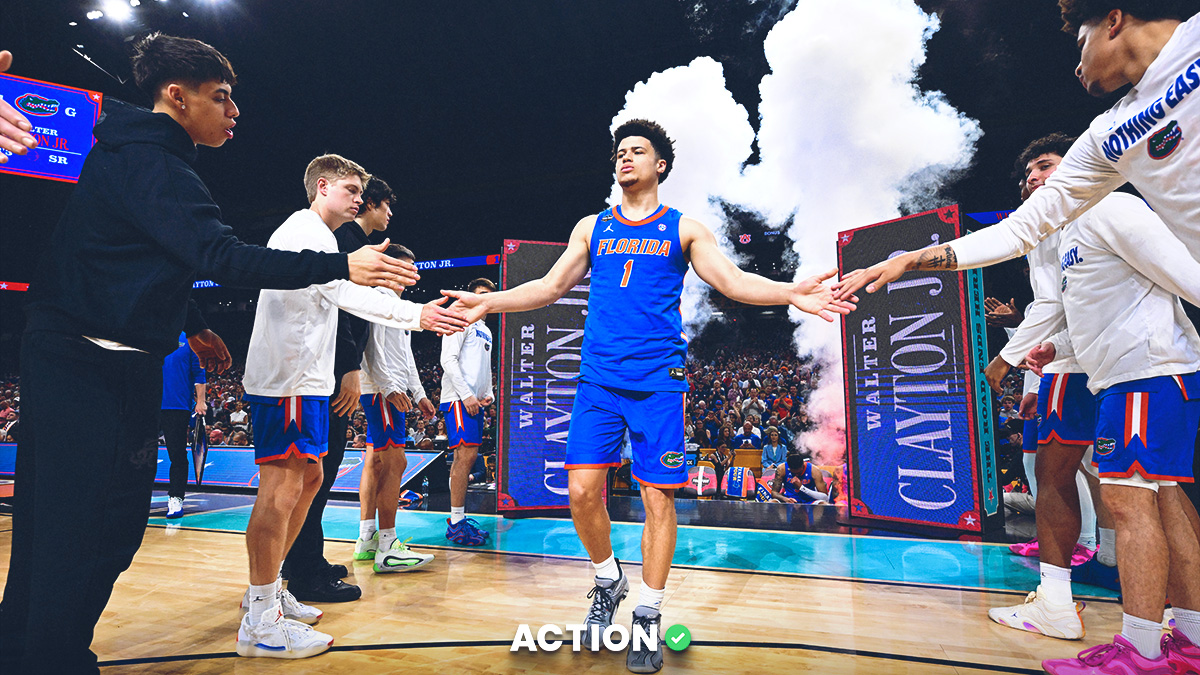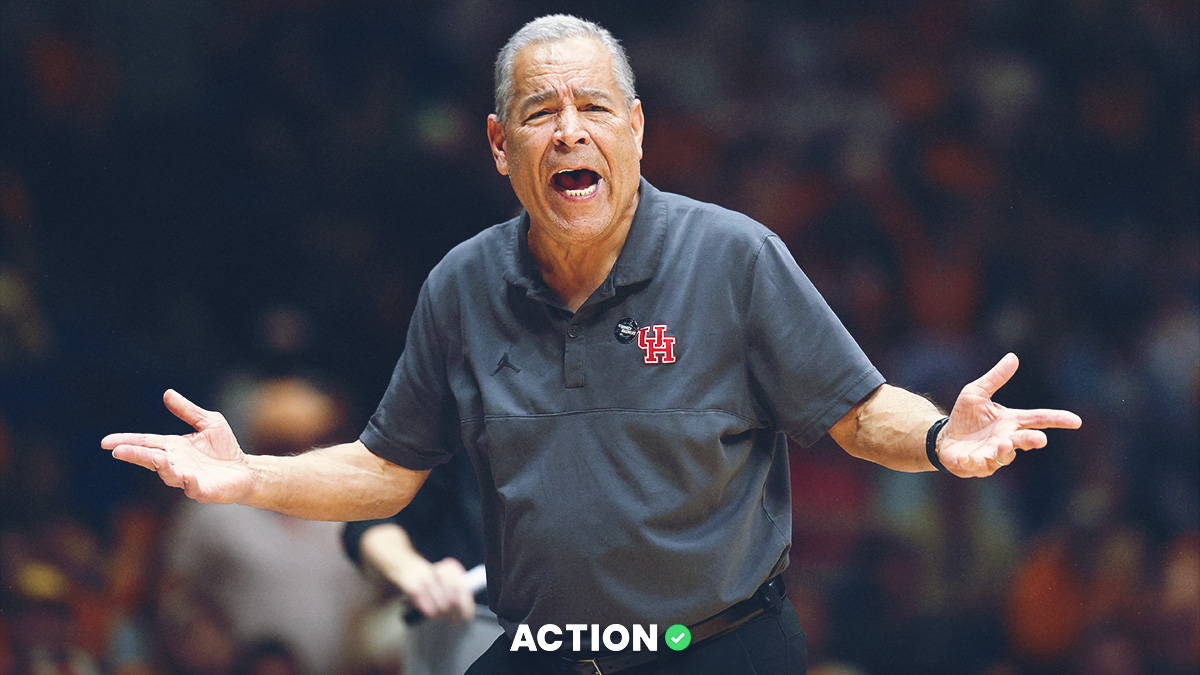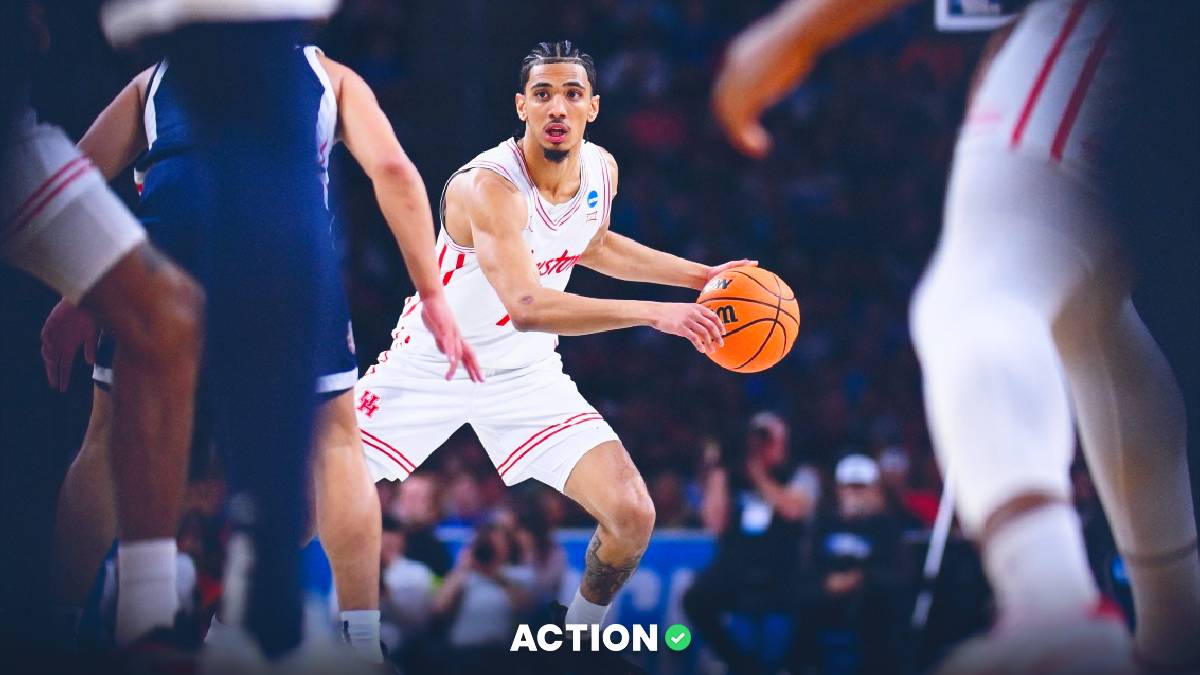The NCAA Tournament has this weird betting theme to it. We visualize upsets when looking at the bracket, and then we take them to the betting window.
I see these types of trends a lot on sports betting social media that isn't Twitter — Instagram, TikTok, especially. "If you bet X in X event last year, you'd be up X units." But they usually fail to tell the whole story, or purposely narrow the sample size to sound interesting and profitable.
So is betting underdogs to win outright in March Madness actually a good idea?
Using our data at Bet Labs, we can check. And no, the NCAA Tournament is not an underdogs event in the betting market. It's much chalkier than you'd think.
Let's start with against-the-spread records since 2005. As you'd expect, they're both unprofitable, with dogs performing just eight games better over the last 17 tournaments. So about half a win per tourney, not nearly enough to cover the vig.
And if you look at just single-digit spreads, the records are nearly identical — dogs have covered one more game over the last 17 years than favorites.
OK, but what about the moneyline? You'd think the tournament is prone to outright upsets, but the data shows favorites are actually a much better bet.
Things improve slightly for dogs when you eliminate 16 seeds, but not by much. And you can get to a break-even point when you include only 7-12 seeds who were underdogs.
But by eliminating teams and making the sample smaller, we're now we're just fitting the system to our preconceived narrative.
There have been some years in which blindly betting every underdog on the moneyline has been profitable, yes.
But the profitability is usually buoyed by one team scoring a huge upset:
- In 2018, UMBC beat Virginia as a +2000 underdog in 2018. The rest of the dogs were +4 units.
- In 2021, Oral Roberts beat Ohio State as a +1000 dog, then Florida at around +350. The rest of the dogs were about +3 units.
- In 2022, Saint Peters was +19.5 units thanks to its epic Elite Eight run with included wins at +1100, +650 and +300. The rest of the dogs were -13.5 units.
So if you were firing +250 dogs throughout the tourney — you know, the ones we actually thought could win — you probably lost your shirt. And if you want to blindly bet every team on the moneyline, you better be comfortable betting every team. If you missed on Saint Peters — which I don't think anyone advocated for — you did lose your shirt.
We can try to look at single-digit spreads only, but favorites still perform better.
Or we can look at spreads of fewer than six points. Favorites are still better.
If you change it to five points or fewer, dogs briefly become profitable (like +4 units in 17 years profitable), but that goes away when you change the parameters to four points or fewer. So I'll chalk it up to noise.
OK, but is there a specific round where dogs do well?
The only time it's really paid off for bettors is in the Elite Eight, which is too small a sample size to read much into. In the first two rounds and Final Four, it's been a downright disaster.
There are other small-sample-size events where taking underdogs on the moneyline and not taking the points has worked out.
It's been true in college football bowl season and especially in the national championship game. It's true in the Super Bowl. The underdog either wins the game straight up or loses and doesn't cover the spread at an incredible rate in those settings.
Just not March Madness. So tread carefully if someone tells you it makes sense to blindly bet every underdog this week.


